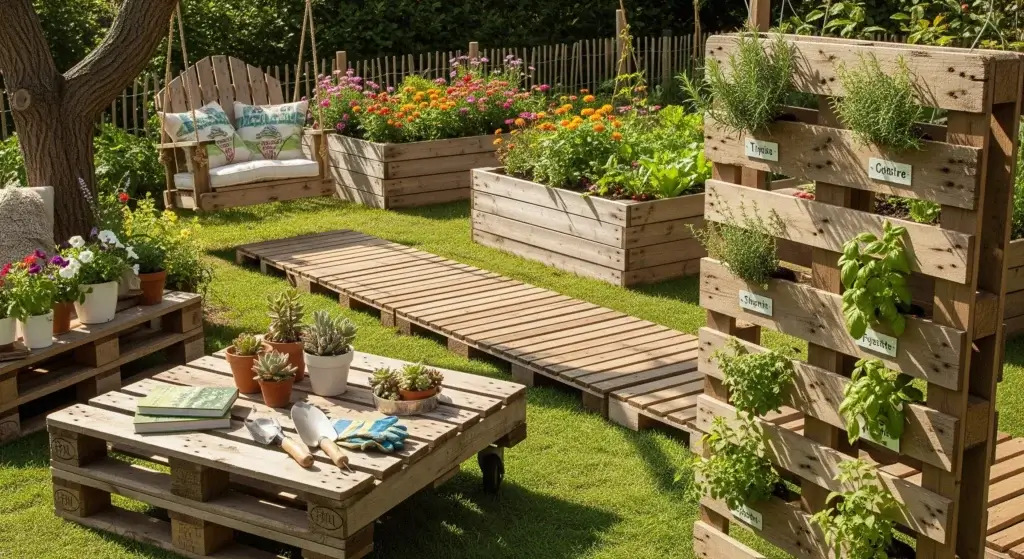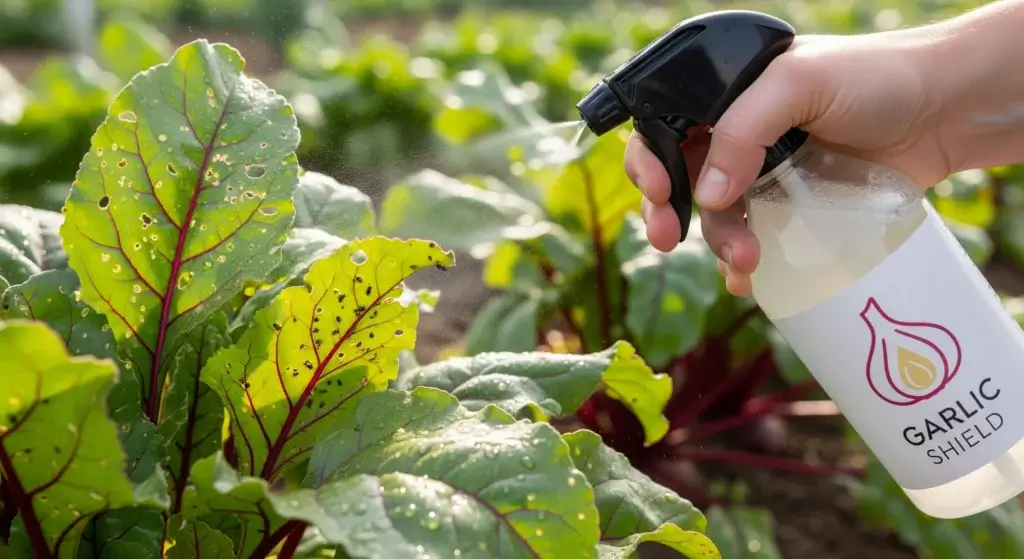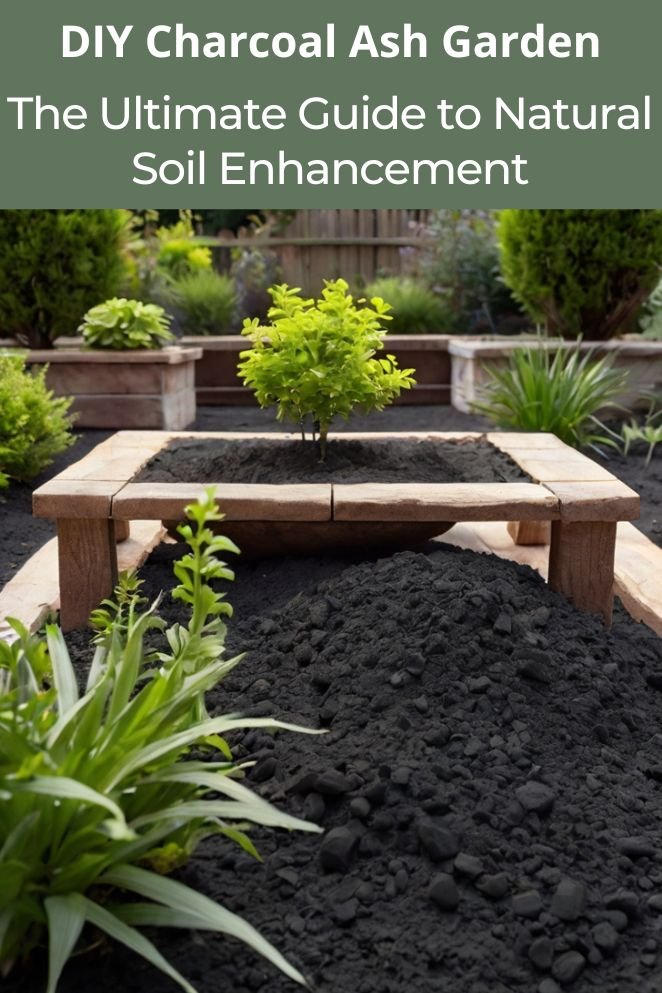
Want a garden glow-up? Charcoal ash is your secret weapon. It’s not just recycling—it’s old-school garden wisdom.
Got acidic soil or bad drainage? Ash can fix that. This quick guide shows you how to use charcoal ash the smart (and safe) way to level up your soil and help your plants thrive.
Think of it as giving your garden a natural power-up—like Mario with a mushroom.
What is Charcoal Ash and How Does It Benefit Your Garden?
Charcoal ash is what’s left after wood burns all the way down—no flames, just powder.
It’s not the same as regular wood ash.
This stuff comes from burning wood super hot for a long time, so what you get is pure minerals and trace elements.
Basically, it’s like a multivitamin for your soil.
Why it rocks for your garden?
- Fixes acidic soil: Got sour soil? Charcoal ash can help balance the pH, kind of like lime, but a bit gentler. Plants that hate acidic conditions.
- Feeds your plants: It’s packed with potassium and phosphorus—key nutrients for strong roots, leafy greens, and juicy fruits. No synthetic fertilizer needed.
- Boosts soil structure: Ash makes the soil fluffier and better at draining. It also helps air get to roots and gives soil microbes a nice place to party.
- Adds micronutrients: Besides the big stuff, ash brings in tiny trace elements your plants need to fight off diseases and grow right.
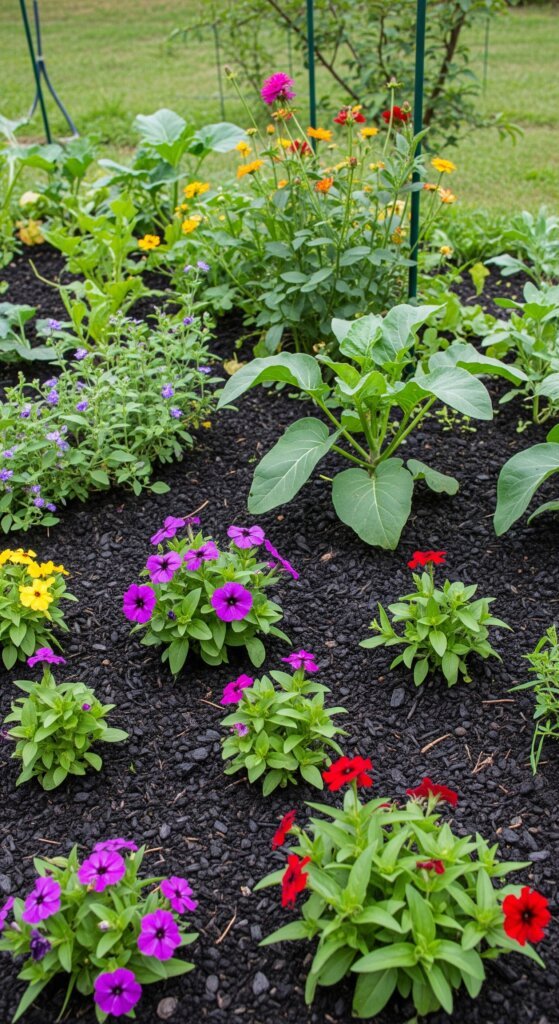
- Read also: How to Make Compost Tea: The Complete Guide for Your Garden
- Read also: DIY Leaf Mold Compost System: Turn Fall’s Bounty into Garden Gold
Charcoal Ash vs. Other Garden Amendments
Charcoal Ash vs. Wood Ash
Yeah, they both come from burned wood—but charcoal ash and wood ash aren’t the same thing in your garden toolkit.
Here’s the quick breakdown:
Charcoal ash:
- Comes from fully burned wood (like, totally turned to powder)
- Packs in more minerals
- Changes soil pH slowly and steadily
- Sticks around in soil longer
- Helps improve soil texture and structure
Wood ash:
- Comes from the first round of burning—still has some chunky bits
- High in calcium (like, over 20% sometimes)
- Gives a quick nutrient boost
- Raises pH fast—maybe too fast if you’re not careful
- Can burn plants if it’s too fresh
Which one’s better?
It depends. Charcoal ash is the slow and steady type—it builds up your soil over time.
Wood ash is more like a quick power-up (but also riskier if you overdo it).
The pH factor
Both ashes raise soil pH. That’s great if your soil’s too acidic (under 6.5).
But if you skip the pH test and just dump ash everywhere? You could mess up your soil big time.
Always test first—don’t guess. Soil chemistry isn’t exactly a Marvel movie, but it can get dramatic.
How to Create Your Own Charcoal Ash
Want that good garden ash? You gotta burn wood the right way.
Here’s how to make charcoal ash safely—and keep it plant-friendly.
Materials needed:
- Untreated hardwood (oak, maple, hickory work best)
- Fire-safe burning container or designated burn area
- Water for safety
- Metal rake or poker
- Storage containers with tight-fitting lids
Step-by-step process:
- Pick the right wood: Use untreated hardwood. Skip pine, fir, or anything with chemicals or resin. Your plants don’t want that toxic drama.
- Set up a safe burn zone: Make sure your burn area follows local fire rules. Don’t wing it—check first.
- Burn it down: Let the wood burn all the way—until you’ve got fine gray powder left. This takes time. No shortcuts.
- Cool it: Let everything cool completely before touching it. Hot ash = burns and regrets.
- Sift + store: Use a mesh screen to remove leftover chunks. Store your ash in a dry, sealed container. Moisture turns it into mush.
Alternative Sources of Charcoal Ash
If creating your own isn’t feasible, consider these alternatives:
- BBQ charcoal ash:If your charcoal came with lighter fluid or chemicals, skip it. Only use ash from 100% natural, untreated lump charcoal.
- Wood-burning stoves: Got ash from a clean wood fire? That can work too—just make sure it’s from untreated wood.
- Community sources: Some towns or garden centers collect and share clean ash. Ask around—your next soil boost might be free.
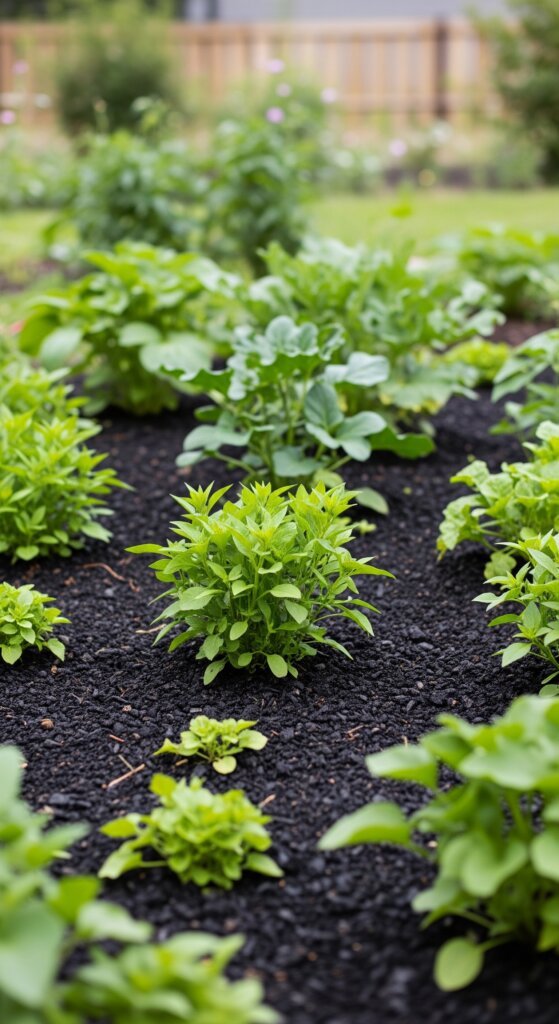
Application Techniques: Getting the Most from Your Charcoal Ash
Charcoal ash is great—if you use it right. Dumping it anywhere, anytime? That’s how you roast your plants (and not in a good way).
Here’s how to get it right.
When to use it?
- Fall/Winter: Best time. Add ash to bare soil and mix it in. The rain and cold will mellow it out before planting season.
- Spring: Go light. Only after the soil warms up. No cold mud baths.
- Summer: Skip it. Ash + growing plants = stress city.
- Anytime: Add it to your compost pile. That’s always a win.
Application methods
1. Direct to Soil
- Test your pH first. Soil should be below 6.5.
- Sprinkle a thin layer—think 5–10 pounds for every 1,000 square feet.
- Mix it into the top 6–8 inches of soil.
- Water lightly to help it settle in.
2. In compost
- Mix ash into your compost as you build it.
- This spreads out nutrients and avoids clumps.
- Bonus: It lowers the chance of overdoing it later.
3. Make ash tea (yep, it’s a thing)
- Mix a little ash with water.
- Let it settle.
- Use the water to feed your plants.
- It gives a quick nutrient boost without the mess.
Application Rates and Safety Guidelines
Safe application:
- Sandy soil: 5–10 lbs per 1,000 sq ft per year
- Clay soil: 10–15 lbs per 1,000 sq ft
- Loamy soil: 8–12 lbs per 1,000 sq ft
Safety precautions:
- Don’t overdo it. Too much ash = messed-up soil.
- Wear gloves, a dust mask, and eye protection.
- Keep it far from blueberries, azaleas, or any acid-loving plants.
- Store it dry, sealed, and out of reach of kids and pets.
Plants That Benefit from Charcoal Ash
Charcoal ash can be a game-changer—but only for the right plants. Some love the extra minerals and pH boost.
Others? Total drama queens that can’t handle it.
Plants that like charcoal ash
Vegetables:
- Tomatoes & peppers: Just don’t overdo it. Light touch = happy plants.
- Cabbage crew: Broccoli, kale, Brussels sprouts—they all love the minerals.
- Roots: Beets, carrots, turnips grow better in soil with balanced pH.
- Beans & peas: These guys appreciate the extra potassium.)
Ornamental plants:
- Roses: Ash = potassium = more blooms.
- Perennials: Especially ones that like neutral soil.
- Lawns: Light dusting can help balance pH.
- Fruit trees: Apples and pears—just don’t dump too much.
Herbs:
- Lavender
- Rosemary
- Thyme
- Sage
Plants to avoid
Some plants love acid. Ash raises pH, so you’ll just make them sad.
- Blueberries and cranberries
- Azaleas and rhododendrons
- Camellias
- Pine trees
- Potatoes (can promote scab disease)
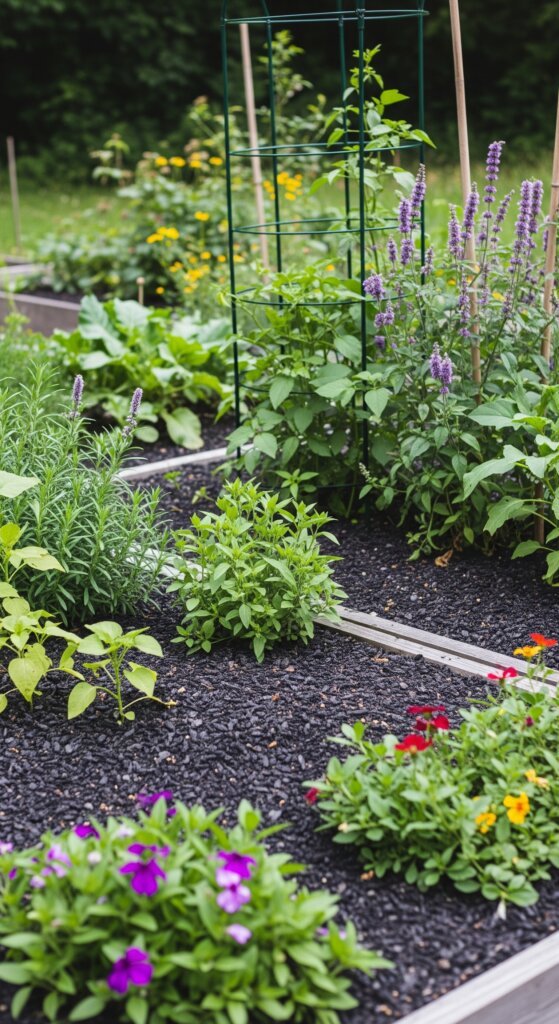
Troubleshooting Common Issues
Too much ash in your garden? Yeah, that can backfire fast.
Here’s how to spot it and what to do when your plants start freaking out.
Signs you used too much
- Yellow leaves: Plants can’t grab nutrients (this is called lockout).
- Stunted growth: They stop growing like they gave up.
- No fruit: Flowers might show up, but fruits don’t.
- More disease: Plants get weak and catch stuff easier.
How to fix it
- Flush the soil: Water it deeply to wash out extra minerals.
- Add compost: Organic matter helps balance the pH and calm things down.
- Use sulfur (slowly): This brings the pH back down over time.
- Stop using ash: Give your soil a break until it recovers.
Nutrient imbalances
- Potassium excess: It can block calcium and magnesium—two things plants need big time. Watch for weak stems or curled leaves.
- pH swing: Plants don’t like change that fast. Always add ash slowly and check your soil with a pH test.
Advanced Tips for Charcoal Ash Gardening
You’ve mastered the basics—now let’s level up your ash game.
Here’s how to get even more out of your charcoal ash while keeping your garden dialed in.
Mix ash with other stuff
Don’t use charcoal ash solo like it’s a one-man band. Team it up with:
- Compost: Slows down nutrient release and keeps things balanced.
- Bone meal: Adds extra phosphorus = stronger roots and better blooms.
- Kelp meal: Boosts micronutrients = happier, tougher plants.
Track everything
Yeah, it sounds nerdy, but keeping records matters if you want consistent results.
Write down:
- When and how much ash you applied
- Soil pH before and after
- How your plants reacted (growth, fruit, drama, etc.)
- Weather—because rain or heat can mess with the results
Use ash with permaculture vibes
Charcoal ash isn’t just a quick fix. Work it into a bigger, smarter system:
- Companion planting: Use ash where plant combos help each other out.
- Water-saving techniques: Healthy soil from ash holds moisture better.
- Natural pest control: Ash can help, but use it alongside smart planting strategies.
- Boost biodiversity: Healthy soil = more microbes = stronger ecosystem.
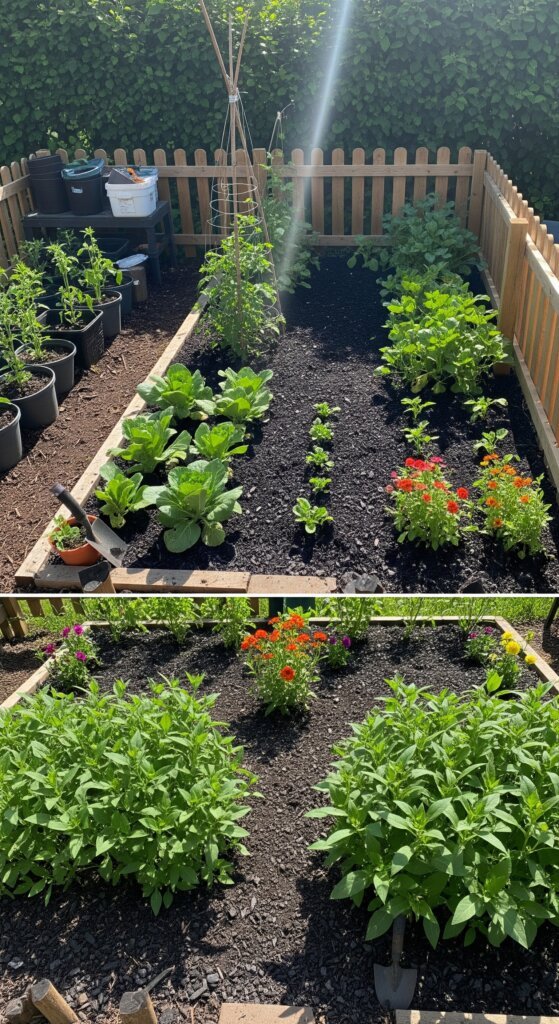
- Read also: Natural Plant Food: DIY Fertilizers from Household Items
- Read also: Eco-Friendly Fertilizing: How to Use Coffee Grounds as Fertilizer
Wrap-Up: Charcoal Ash = Smarter, Greener Gardening
Using charcoal ash isn’t just about feeding your plants—it’s about working with nature, not against it.
When you test your soil, apply ash slowly, and actually watch how your garden reacts, you’re playing the long game.
Start small. Test often. Adjust as you go.
You’ll improve soil, grow healthier plants, waste less, and join a tradition of smart, sustainable gardening that’s been around forever.
Your garden wins. The planet wins. Future gardeners thank you.


